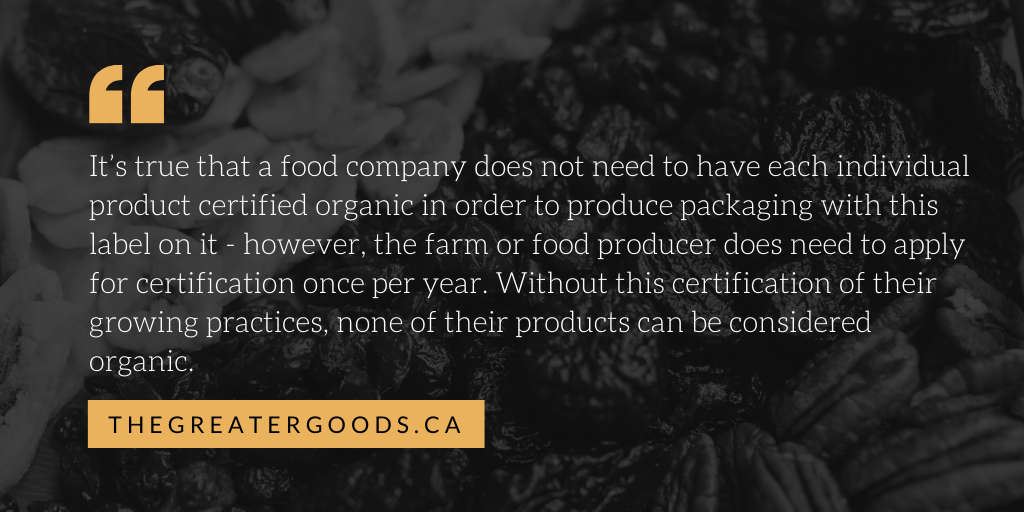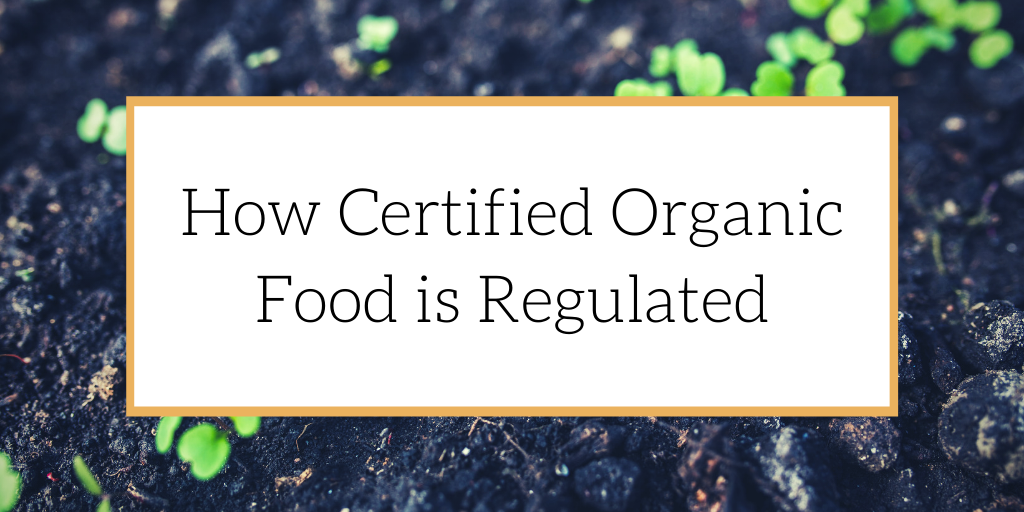When shopping for ingredients, you are more than likely to see the terms “natural”, “healthy” and “fresh” included on food labels. But the harsh reality is that these words don’t necessarily mean anything, and are often used to attract attention and repeat business. However, you can rest assured that the term “organic” does carry legal implications, and is strictly defined and regulated by the U.S. Department of Agriculture (USDA). In this article, we discuss how certified organic food is regulated, and why you can be confident that this label means what it says it does.
Food Growing Practices
The term “organic food” is primarily defined by how agricultural products are grown and processed. Without meeting these very specific requirements, the USDA cannot consider a product “organic” – and food companies therefore cannot label their products as such.
The U.S. Department of Agriculture (USDA) explains more on these exact requirements for organic food growing practices:
“Organic producers rely on natural substances and physical, mechanical, or biologically based farming methods to the fullest extent possible. Organic produce must be grown on soil that had no prohibited substances (most synthetic fertilizers and pesticides) applied for three years prior to harvest. As for organic meat, the standards require that animals are raised in living conditions accommodating their natural behaviors, fed organic feed, and not administered antibiotics or hormones.”
Annual Inspections

It’s true that a food company does not need to have each individual product certified organic in order to produce packaging with this label on it – however, the farm or food producer does need to apply for certification once per year. Without this certification of their growing practices, none of their products can be considered organic.
Nature’s Path Organic tells us more about why inspections must be performed every year:
“While the USDA creates the standards for organic certification in the US, it works with 80 private, state and international third-party certifiers to grant and enforce that certification on all products sold in the US. After a farm or food producer becomes certified organic, they are required to re-apply annually. On that annual application, farms must list any changes to their growing practices, inputs, and seed sources not accounted for in previous applications.In addition to monitoring all changes in a farm or food producer’s practices, third-party certifiers perform annual inspections in order to verify each applicant’s claims. All inspectors are trained to look for on-site clues that a producer is deviating from the national organic standards, to perform surprise inspections, and to carefully audit farm records for truth and accuracy.”
Residue Testing
Residue testing is another essential rule in certifying a farm or food producer as “organic”. Residue testing must also be performed annually, and must be performed on a minimum of five percent of the operations that they certify.
FoodSafetyTech.com explains more on the regulations surrounding residue testing:
“This action will help further ensure the integrity of products produced and handled under the NOP regulations.” The effective date of this final rule is January 1, 2013, and Certifying Agents must be fully compliant with the five percent requirement for the 2013 calendar year. The primary goal of this rule is to align the NOP regulations with the requirement for residue testing of organic products under the OFPA of 1990. Residue testing is a significant part of the organic certification process because it provides a quantitative means to monitor compliance with the NOP and discourages the mislabeling of agricultural products.”
Here at The Greater Goods, we offer consultation services for your business, from food production to distribution. If you’re looking for advice on how to get up and running, we offer a free consultation with our expert food industry consultants and food brokers.
